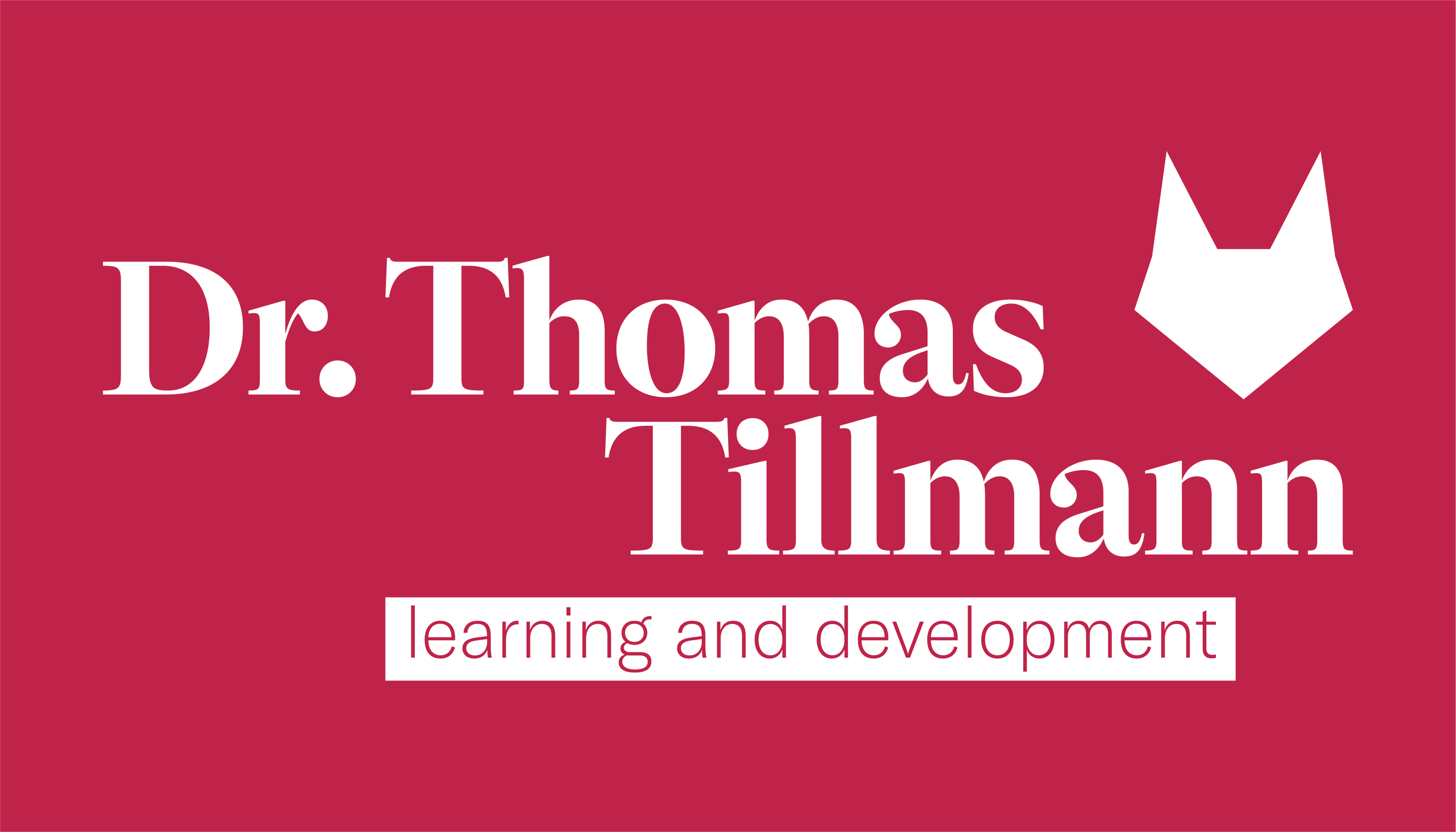Beyond Kirkpatrick: Measuring Learning in Today's Corporate Learning
Measuring learning effects remains a key challenge for L&D functions and becomes even more relevant as learning is getting closer linked to corporate strategy. The most frequently used methodology to measure learning effects follows the framework developed by Donald Kirkpatrick which differentiates four levels of effects to take into consideration:
- Reaction, e.g. learner feedback,
- Learning, e.g. pre- and post-testing,
- Behavior, e.g. visible change of behavioral patterns after the learning impulse,
- Results, e.g. improvement of relevant performance indicators (sales, quality standards etc.).
Donald Kirkpatrick developed his framework in the late Fifties. Later the model was often amended by an additional, more financial-driven aspect that tries to validate learning impulses through a thorough Return-on-Invest (RoI) calculation, while in the reality, isolating the effect of learning from others influencing factors (market, organization, pricing etc.) turns out to be often impossible.
Although Kirkpatrick set the standard for decades, the model contains a number of deficiencies that limit its applicability to today’s corporate learning contexts:
- The framework follows implicitly an understanding of staff members as potentially exchangeable “commodity”, while under the circumstances of “War for Talent” and a much more human-centered HR, the character of learning as long-term investment in the increasingly limited human resources is not reflected.
- The framework limits its perspective to the single learner, ignoring secondary effects on staff that did not receive the learning impulse directly, e.g. by spreading concepts or behavior directly or through Social Media in a highly connected working environment.
- Given its genesis in the late Fifties, the model does not encompass the opportunity to analyze user data for technology-supported learning impulses.
Thus, a more comprehensive perspective on learning effects should go beyond Kirkpatrick and take additional dimensions into consideration (see chart) and weight their informative value for the specific context. The “learning equalizer” intends to trigger this discussion on how to define and balance the right dimensions of a coherent learning measurement system.

